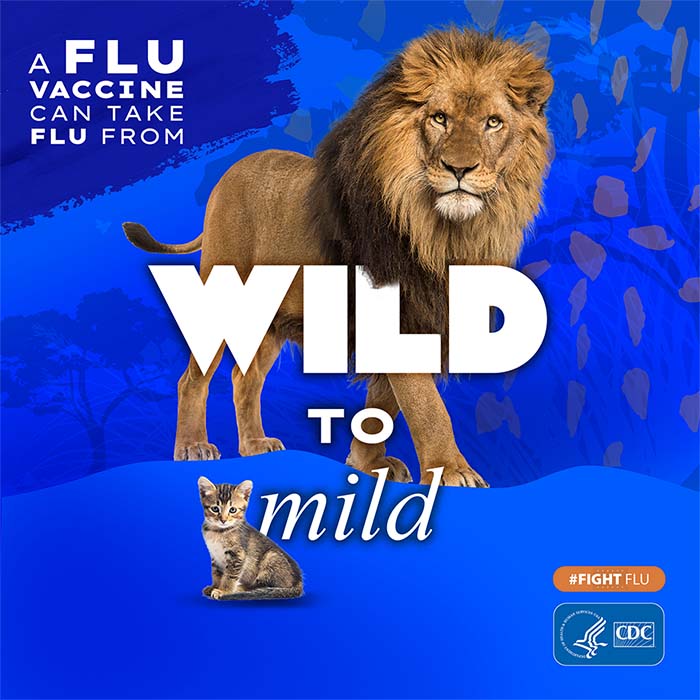American Indians and Alaska Natives (AI/ANs) are at higher risk of developing serious complications from flu
American Indians and Alaska Natives (AI/ANs) are at higher risk of developing serious complications from flu(Text Version)
A yearly flu vaccine can help protect you and others around you from flu
[Illustration of the outline of a graphic of a pair of lungs and two clipboards with text on them]
Flu is a leading cause of pneumonia
Flu and pneumonia rank among the top 10 causes of death for American Indians and Alaska Natives.
American Indians and Alaska Natives are more likely to die from pneumonia and flu than are US residents of other races.1
[Icon illustration of an elderly person, pregnant woman and child graphic illustration]
Across the U.S., flu causes hundreds of thousands of hospitalizations each season.
American Indians and Alaska Natives are at higher risk than others for:
- Pneumonia and bronchitis
- Hospitalization
- Death
Flu poses an even greater risk to American Indians and Alaska Natives who:
- are young children or elders
- are pregnant women
- have diabetes, severe obesity, heart disease, or asthma and other lung problems
[Illustration of the outline of a flu virus]
Flu symptoms can include:
- Fever*
- Cough
- Muscle or body aches
- Fatigue (feeling very tired)
- Chills
- Sore throat
- Headache
- Runny or stuffy nose
* Not everyone with flu will have a fever
[Illustration of bulleted check-list listing benefits]
Benefits of Flu Vaccination
- Flu vaccination reduces your risk of getting sick, being hospitalized, or dying from flu.
- Flu vaccination can reduce the risk of having a heart attack in people who have heart disease.
- In people who have diabetes, flu vaccination can reduce the risk of being hospitalized with flu or from their diabetes.
- Flu vaccination has been shown in some studies to reduce severity of illness in people who get vaccinated but still get sick.
- Getting vaccinated yourself may also protect people around you, including those who are more vulnerable to serious flu illness, like babies and young children, elders, and people with certain chronic health conditions.
[Illustration of a Native American family (mother, father, child, and grandmother) with flu vaccine bandages on their upper arm. Hands under a sink faucet covered in soap suds, a male coughing into his elbow, person lying in bed, a medical prescription form]
Take 3 Steps to Fight Flu:
- Get yourself and your family a flu vaccine each year before flu activity begins in your community. Getting vaccinated this season is may be more important than ever if there is both flu and COVID-19 activity at the same time.
- Take everyday preventive actions to stop the spread of germs
- Wash your hands often
- Cover your coughs and sneezes
- Stay home if you are sick
- Take flu antiviral medicine if prescribed
[Illustration of vials of flu vaccines]
Get a Flu vaccine at:
- Indian Health Service, tribal, or urban health clinics and doctor’s offices
- Pharmacies or grocery stores
Ask your Community Health Representative or Community Health Aide for more information!
[Illustration of a variety of shoes (flats, moccasins, tennis shoes, loafers, etc.) in a circle]
Protect yourself. Protect your community.
Get vaccinated. Protect the circle of life.

